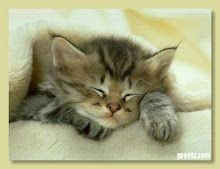Abstract
Textile industry in the Hejaz is the industry forward. Weaving is an art form in the middle of developing early Arabia because the availability of raw materials. Wool is abundant as a material for making yarn, used local craftsmen weave into household goods and clothing. Dye and sewing clothes is also a key sub-sectors of this industry. Bukhari presents several chapters in his book about the work they do. Some Sahabat Rasulullah s.a.w. , Among Ubaidillah, Caliph Abu Bakr and Caliph `Uthman ibn` Affan a clothing merchant who market their products in the market of Medina. Messenger s.a.w. mention the types of clothing when asked by a man of Ihram clothing.
Ibn Umar r.a. said that a man asked the Prophet about the clothing worn by people who Ihram, the Prophet said: "Do you wear gamis / dress, turban, pants, headgear and shoes. For those who do not have slippers, so-so wearing sandals with cut lower than the ankles. Do not wear clothes that are anointed with oil za'faran or minak wars "(Muslim).
This is a real regional sectors, both in trade and in production. Al-Waqidi mensitir that supplies from a dealer about 1,500 items of clothing and 20 bales of clothing sold in Yemen during the Medina Prophet and at the time of Prophet Muhammad s.a.w. no less than 7 caravan trade with Syria clothing that arrived in Medina every day. Similarly, the Egyptian textile makes a good trade route along the road they are on the various markets the Hijaz. Slavery comes in close contact due to the production of clothing that people do the Hijaz. Al-Isfahani states that `Umar bin Abi Rabi` ah has 70 slaves who were included in the areas of weaving, a member of the Children of slaves hired Makhsum for the same purpose and the rest are involved in weaving palm leaves into baskets, and dates and other bermafaat products.
source:http://journal.amikom.ac.id




0 comments:
Post a Comment